Your neck and shoulder pain is likely due to Vata imbalance, aggravated by poor posture, prolonged sitting, and stress. Ayurveda recommends daily Abhyanga (self-massage) with warm Mahanarayan oil or Dashmool Tailam to reduce stiffness and improve circulation. Applying warm compresses and practicing gentle neck stretches can further relieve tension. A diet rich in warm, nourishing foods like ghee, cooked vegetables, and herbal teas can pacify Vata, while avoiding cold, dry, and processed foods is beneficial. Yoga postures like Bhujangasana and Marjariasana can improve flexibility, and stress management through deep breathing or meditation is essential. Consistency in posture correction, regular movement breaks, and Ayurvedic therapies like Kati Basti or Pinda Sweda can provide lasting relief.
Your experience with chronic neck and shoulder pain, compounded by desk work, is a common issue that can indeed be attributed to both posture and stress, leading to a Vata imbalance characterized by stiffness and tension. Let’s address this comprehensively through an Ayurvedic lens.
Posture and Vata Imbalance Yes, poor posture—like slouching—can definitely exacerbate your symptoms by compressing the neck and shoulder muscles. This can lead to the aggravation of Vata dosha, causing increased stiffness and discomfort.
Localized Living - Herbal Oils 1. Mahanarayan Oil: This is excellent for muscle pain and stiffness. Use it for a warm oil massage (Abhyanga) on the affected areas. Heat the oil slightly, and gently massage it into the neck, shoulders, and upper back for 10-15 minutes before your shower.
2. Dashmool Tailam: Another potent choice for deeper relief. You can incorporate it similarly into your self-massage routine.
Dietary Adjustments To support reducing Vata and enhance relaxation, focus on warm, moist, and nourishing foods: - Warm Soups: Mung bean soup is particularly beneficial; it’s light and easy to digest. - Nutritive Grains: Opt for cooked cereals like oatmeal or rice, seasoned with ghee for nourishing goodness. - Emphasize Fatty Foods: Ghee, olive oil, and avocados can provide lubrication and help combat dryness associated with Vata.
Avoid: Cold foods and excessive raw vegetables, which may increase Vata and aggravate stiffness.
Daily Habits 1. Abhyanga: Yes, perform Abhyanga daily. It promotes circulation and helps alleviate tension. Ideally, do it in the morning or before bed for the best results.
2. Postural Awareness: Ensure an ergonomic workspace. Consider using a chair with proper back support and maintaining a neutral posture. Take breaks to stretch every 30–60 minutes.
3. Stress Management: Incorporate pranayama (breathing exercises) and gentle yoga, focusing on poses that open the shoulders, like Cow Face Pose (Gomukhasana) or Child’s Pose (Balasana).
4. Hydration: Maintain hydration with warm herbal teas (like ginger or chamomile) to balance Vata.
Long-term Strategy Regular self-care practices, dietary awareness, and stress management will significantly help. If symptoms persist beyond 4-6 weeks with self-care, consider consulting an Ayurvedic practitioner for tailored herbal remedies and potentially detoxification therapies.
By integrating these Ayurvedic practices and maintaining a routine conducive to health, you can find significant relief and prevent recurrence. Prioritize your body’s needs, and trust in the healing power of holistic living.







